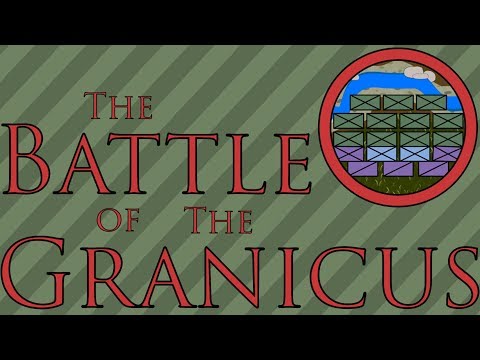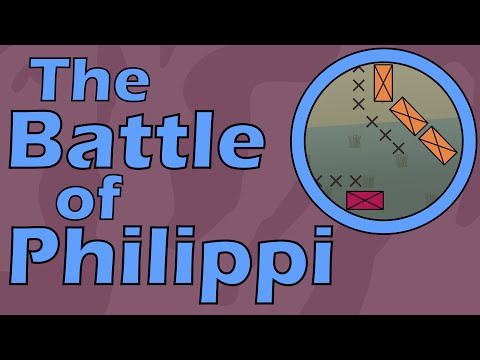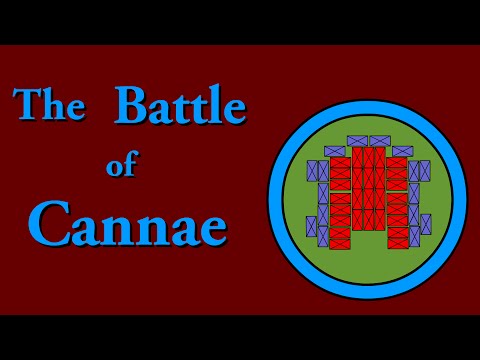The Battle of Agincourt (1415)
Patreon | http://historiacivilis.com/patreon
Donate | http://historiacivilis.com/donate
Merch | http://historiacivilis.com/merch
Mailing List | http://historiacivilis.com/mailinglist
Twitter | http://historiacivilis.com/twitter
Website | http://historiacivilis.com
Music is “The Life and Death of a Certain K. Zabriskie, Patriarch” by Chris Zabriskie. (http://chriszabriskie.com/)





Battle of the Bastards sent me here. I love it when a battle is won even though the odds are not in your favour.
Then why the fuck can the french charge your rear in the M2TW version of this? Fuck you CA.
1:03 Winter is coming
If the Roman turtle formation was the best protective attempt 'gainst arrows (until the advent of armored vehicles), why weren't they used in occasions alike? I know such shields are expensive, but not as expensive as losing a unit I guess, and I know it takes some training to pull the maneuvre with non-professional soldiers, but people are normally heedful if taught something life-saving, so can someone elucidate this matter a bit for me?
While I value most of your videos a lot, I must admint that this one is
based on very superficial statements. All of the phenomena attributed
here to Agincourt are much older. The rise of projectile weapons? The
Welsh and English used the longbows with dealdy reasults in the times of
the crusades and (especially) in the former phases of the 100 years war
(Crecy!). Cavalry had been through really hard times since Stirling
Bridge, Courtray and Morgarten. That's more than a century before
Agincourt. Stating that the cavalry charge was dead since then is still
very exaggerated, since it still played an important part in battles in
the 15th century. It's decline came in 16th century, but than it came
back to European battlefields due to Polish winged hussars and later
Gustavus Adolfus. Napoleonic era marked its last, but remarkable heyday. So, to conclude: NO, that battle had nothing to do with turning anything in European history. It is famous mostly due to the influence that Shakespeare had on European culture 😉
I would appreciate if you can make some Sassanid/Byzantine battles against Rashidun. Also some Goth, Hun, and Viking battles too.